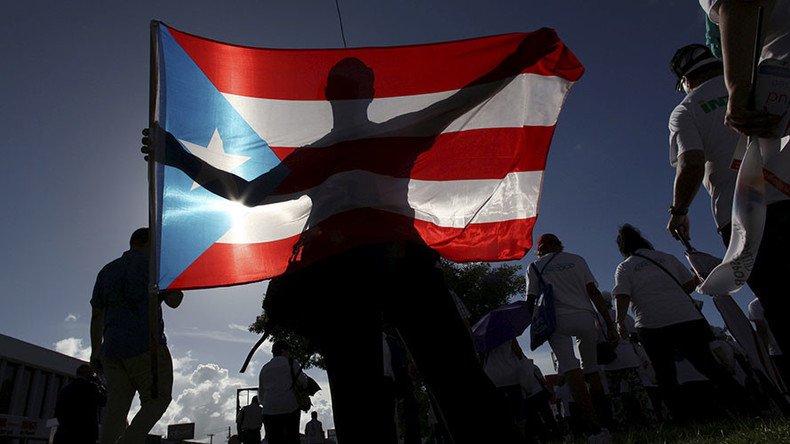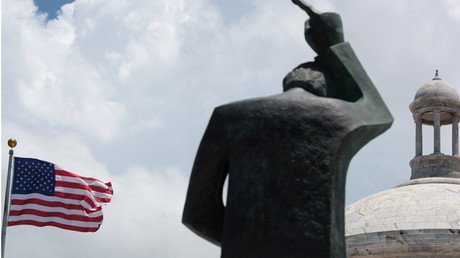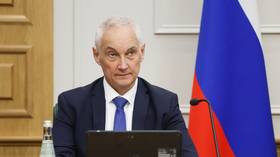Roads & pensions swept up in Puerto Rico’s $123bn bankruptcy

Puerto Rico’s bankruptcy process has spread to the territory’s pension system and highway authority, bringing the amount involved to over $120 billion and far exceeding the previous municipal bankruptcy record.
The Employees Retirement System (ERS) and the Highways and Transportation Authority (HTA) were added to the proceedings already involving the territory’s government and the island’s sales tax financing corporation (COFINA).
Puerto Rico and its agencies are roughly $74 billion in debt. While there are conflicting estimates about the gap between the ERS assets and promises, Puerto Rico officials estimated the pension fund’s unfunded liabilities at around $45 billion, with another $3 billion owed to bond-holders. The highway agency is another $6.3 billion in debt, $1.8 billion of which is owed to Puerto Rico’s industrial development bank which is itself insolvent.
The amounts involved are far greater than the previous record for municipal bankruptcy in the US, set by the $18 billion Chapter 9 claim by Detroit, Michigan in 2013.
Unlike Detroit, however, Puerto Rico is restructuring its debt under a special law enacted by President Barack Obama in 2016, known as PROMESA (Puerto Rico Oversight, Management, and Economic Stability Act), which appointed a special oversight board to help the island territory cope with its debt burden.
“This is part of a court-supervised process within a framework that provides for an orderly restructuring of the debt of each entity and allows as much creditor consensus as possible," said a spokesman for Puerto Rico's fiscal agency FAFAA, according to the Wall Street Journal.
US District Judge Laura Swain Taylor is presiding over the process.
The oversight body has signaled that it wants more of the restructuring burden to fall on creditors, according to the Journal, proposing a 10 percent cut in pension benefits. The island’s creditors are also fighting each other over priority in getting repaid while the island’s officials are seeking greater financial flexibility.
+50 new contracts for advertising & public relations issued by bankrupt Puerto Rico govt in last 2 weeks #munilandpic.twitter.com/a2ZVGtZvfa
— Cate Long (@cate_long) May 22, 2017
Recent data shows unemployment on the island above 12 percent. With 45 percent of the population living in poverty, hundreds of Puerto Ricans are moving to the US mainland every day.
Acquired from Spain in 1898, Puerto Rico is an unincorporated US territory in the Caribbean Sea, with a population of roughly 3.5 million. All Puerto Ricans are considered natural born US citizens, but they cannot vote in the presidential elections and the territory does not have representation in Congress. A referendum scheduled for June 2017 will offer the residents a choice between statehood, independence and current status.
The documentary, ‘Puerto Rico: Anger on the island,’ airs tonight at 1030 GMT on RT.













